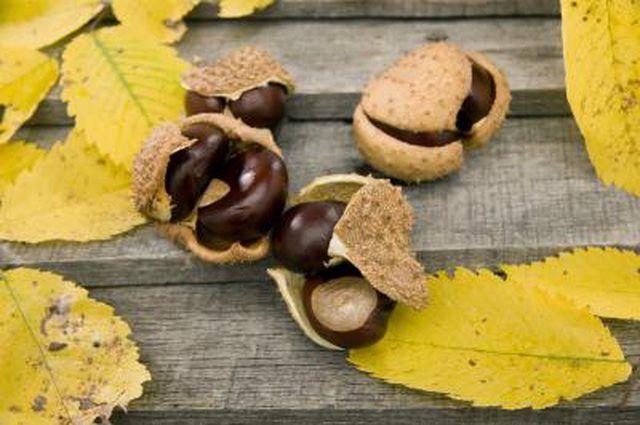Bulbs
Flower Basics
Flower Beds & Specialty Gardens
Flower Garden
Garden Furniture
Garden Gnomes
Garden Seeds
Garden Sheds
Garden Statues
Garden Tools & Supplies
Gardening Basics
Green & Organic
Groundcovers & Vines
Growing Annuals
Growing Basil
Growing Beans
Growing Berries
Growing Blueberries
Growing Cactus
Growing Corn
Growing Cotton
Growing Edibles
Growing Flowers
Growing Garlic
Growing Grapes
Growing Grass
Growing Herbs
Growing Jasmine
Growing Mint
Growing Mushrooms
Orchids
Growing Peanuts
Growing Perennials
Growing Plants
Growing Rosemary
Growing Roses
Growing Strawberries
Growing Sunflowers
Growing Thyme
Growing Tomatoes
Growing Tulips
Growing Vegetables
Herb Basics
Herb Garden
Indoor Growing
Landscaping Basics
Landscaping Patios
Landscaping Plants
Landscaping Shrubs
Landscaping Trees
Landscaping Walks & Pathways
Lawn Basics
Lawn Maintenance
Lawn Mowers
Lawn Ornaments
Lawn Planting
Lawn Tools
Outdoor Growing
Overall Landscape Planning
Pests, Weeds & Problems
Plant Basics
Rock Garden
Rose Garden
Shrubs
Soil
Specialty Gardens
Trees
Vegetable Garden
Yard Maintenance
How to Grow a Buckeye Tree in a Pot
How to Grow a Buckeye Tree in a Pot. Ohio Buckeye (Aesculus glabra) is noted for its glossy, chocolate-colored seeds that feature a tan “eye.” Native Americans likened the seed to the eye of a buck, hence the name buckeye. It grows in U.S. Department of Agriculture plant hardiness zones 4 to 7, and seeds require a chill period to...

Ohio Buckeye (Aesculus glabra) is noted for its glossy, chocolate-colored seeds that feature a tan "eye." Native Americans likened the seed to the eye of a buck, hence the name buckeye. It grows in U.S. Department of Agriculture plant hardiness zones 4 to 7, and seeds require a chill period to germinate, making September and October the ideal time to collect ripened seeds and pot them. Leave buckeyes in seed pods until ready to plant to prevent them from drying out.
Things You'll Need
5-gallon container
Drill with 1/4 inch bit
Gravel golf ball size or smaller
Potting mix that is loose and drains well
Several ripe buckeye seeds
Screen mesh
10-10-10 fertilizer
Turn the container upside down and drill seven to 10 drainage holes in the bottom. When finished, turn the tub right-side up.
Fill the bottom of the container with gravel 1 to 2 inches deep. The gravel prevents drain holes from plugging with soil, which will result in the pot flooding.
Add potting mix to within 4 inches of the top of the container.
Peel the husks from the buckeyes and discard them. Place two to three seeds in the container on top of the potting mix. Buckeyes have a 50 percent germination rate, so planting extra will ensure at least one germinates.
Cover the seeds with 3 inches of potting mix. (If you have squirrels, cover seeds with 2 inches of potting mix, cut screen mesh to fit inside the diameter of the pot, and place the screen on top of the potting mix to prevent squirrels from digging up the seeds. Finish by covering the screen with 1 inch of potting mix.)
Place the pot in a shady location protected from wind so when seeds sprout, seedlings will not burn or suffer wind damage.
Water the soil until it is wet but not waterlogged. Keep the soil evenly wet, not allowing it to dry out, until seeds sprout.
Remove all sprouts except one when seedlings appear, keeping the most vigorous plant. Water a total of 1 inch per week. Be sure to not overwater.
Fertilize seedlings lightly once a month with 10-10-10 fertilizer, beginning in the spring. Stop fertilizer and water about mid-August so the tree can prepare for dormancy.
Tips & Warnings
Seeds take 90 to 120 days to sprout and need cold stratification to germinate.
Never use buckeyes picked directly from the tree; they are not ripe and will not sprout.
Transplant the tree into the ground when you can see roots growing out of the drain holes.
Use a potting mix that does not contain compost. Compost is not well-suited for growing plants in pots.
Seeds allowed to dry out will not germinate.
This tree’s nuts, branches and leaves are poisonous to cattle and some domestic animals. Deer avoid this plant because of its toxic nature.